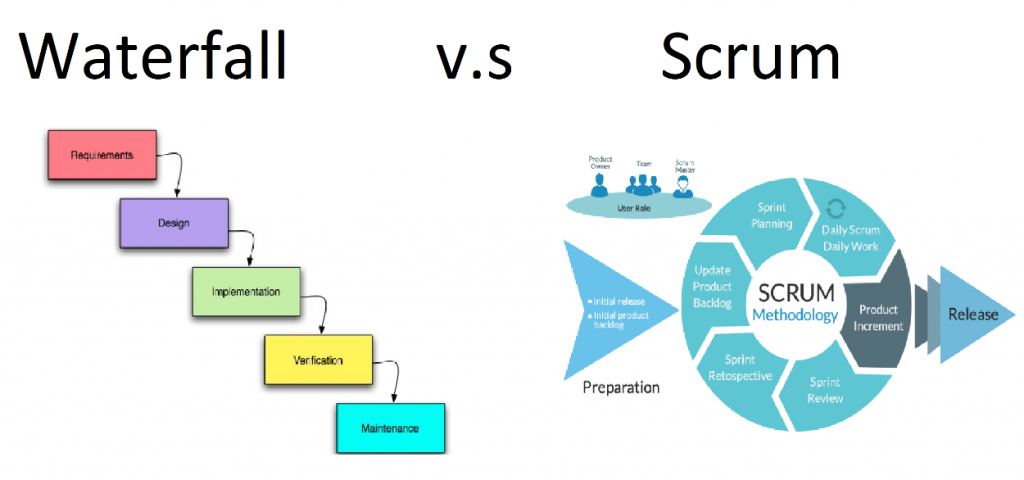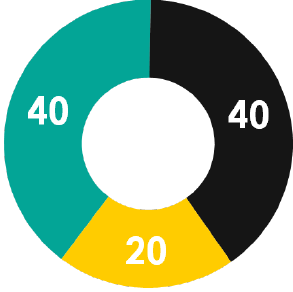3 Powerful Structures to Organize Technology Team Members
As your business grows and becomes more structurally complex, it’s important to assess the individual strengths of your team members with respect to their focus on high value tasks, effective time management, and the overall vision of the organization.
Does your team favour short frequent meetings?
OR
Do they favour longer, once-a-week affairs?
When your project requires constant communication, it’s critical to keep your team up to date on any changes and challenges that arise. In cases like these when deadlines draw near, are your employees…
Goal-oriented and dedicated to completing deliverables, regardless of the time of day?
OR are they…
Focused on low value tasks which still count as “work” but may not be the most effective use of your time and resources?
In considering these questions, you may come to realize that there are always new opportunities to structure your business to garner a competitive advantage, while still promoting the wellbeing of your staff. There are a few well-documented ways to accomplish this; for example, setting S.M.A.R.T. goals (Specific, Measurable, Agreed Upon, Realistic, and Time-Based). Throughout this article, we will outline some other examples from the last 20 years that can free up your time and that of your employees, so that your business can focus on providing your customers with the utmost value.
Agile Scrum Methodology
One popular framework for getting your team organized is “Scrum.” Popularized in the early 1990’s, Scrum methodology is a strategy that helps your business develop products and services, switch between larger scale tasks effectively, and finish your build phase with more pronounced metrics for future improvements. This is not your standard Waterfall approach.
This requires a cross functional team, an exercise called a “Scrum” every day and a tracker for the tasks being completed. During this meeting, the team gathers and presents a few self-encompassing tasks that they completed in the past day, what they will work on for the current day, and a short description of how they view it within the context of the project. When there are discrepancies between the strategies of the Scrum Master (see Glossary at the end of the article) and the tasks/issues discussed by the team members, the open-communication framework of the scrum meeting is there to solve these problems. As the morning progresses, the need for team members to continue interacting with management level team members decreases, because their day has already been “self-scheduled” and the tasks are outlined in advance.

Mini Teams and the Problem with “Upper Management”
Management is sometimes just a 10-letter word to the team members on the “shop-floor.” In fact, most are rarely appreciative of constant micromanagement from anyone who works above them. Management on a task-by-task basis is rarely without issues and can become a struggle if conflicts arise between a manager’s vision of the project (deadlines, most important tasks, etc.) and the team member’s ability to focus and work through their tasks efficiently. However, the dynamic between management and employees can change for the better when workers can see that their leaders have been handpicked from their peer group.
For instance, in a software company, it is often the case that junior and senior developers can earn the chance to lead some projects, assuming their unique skillset is catered toward the task at hand. This “flat” management structure allows more opportunities for increasing responsibility to members within the same cohort, without the politics and animosity that can come from a more hierarchical structure.
Promoting from within this structure allows the lower team members to acknowledge that hard work indeed pays off, and nothing separates them from achieving management status except for dedicated time and effort.
The Theory of Three
An approach to the software development lifecycle that we have pioneered at Pangaea Solutions is the Theory of Three, whereby an employee is asked to split their time into 40/40/20 and complete 3 tasks by the end of the day.

To expand on this concept, picture a business with several projects and tasks in progress, as in the following examples:
- Complete some documentation for Client “A” by the end of the week.
- Launch a social media software extension in 2 weeks.
- Bring your team up to date on past mistakes/efforts in a 3 hour “lessons-learned” session at some point during the week.
Your team members must prioritize these tasks, break them down to “bite-sized” pieces, and be held accountable for finishing these within the day. If it’s not possible to finish the task in the day, your team should reflect on why they scoped this task incorrectly in the first place.
This idea pairs well with an environment where employees take on multiple projects at once, can be self-motivated, and are free to speak about their intentions once per day in a morning meeting.
There you have it – our three powerful structures for organizing technology team members. If you’d like to share your thoughts or some of your own strategies, please comment down below. Also if you wish to discuss any of our products and accelerators, please don’t hesitate to contact us.
Glossary
| Term | Description |
| Epic | An overall classification of a group of stories. Generally, this is written down on a card as a short sentence. |
| Scrum Master | A leader, and someone in charge of facilitating the morning scrum meetings and organizing the backlog of tasks to be completed. |
| User Story | Also known as “User Stories”, one form of the syntax is to write “As a user, I would like to be able to ______” which guarantees a short and concise description of a user requirement. |
| Waterfall Model | The waterfall model is a sequential design process, in which progress is seen as flowing steadily downwards through the phases of requirements, design, implementation, verification, and maintenance. |

Thomas Rautenbach, Architect
Thomas Rautenbach has over 20 years of diverse systems experience with a strong focus on system and integration architecture and software design and development. He has detailed technical, functional and system knowledge across the SAP technology platform, including extensive experience with the Finance, Supply Chain, Sales and Distribution, and Human Resources modules.
Follow Pangaea Solutions on LinkedIn
Daily Procedure for Scrum Teams
Day in the Life of a Scrum
8:30 am: Team members arrive and plan their most important tasks for the day, talking with the scrum master as needed.
9:00 am: Scrum time! Team members meet with management and stand/sit in a circle. Each member discusses what they finished the previous day, what they will work on that day, and any issues that have arisen. This meeting should take no longer than 10 minutes.
10:00 am – 4:00pm: Team members work on high value “User Stories” that comprise a specific piece of work that can be fully completed in one or two days. These user stories are grouped under higher level headings, called “Epics.”
5:00 pm (optional): Team members and managers meet once more for a review of the day, and which user stories were completed. Any new issues are recognized but generally only addressed during the following day’s “Scrum.”




